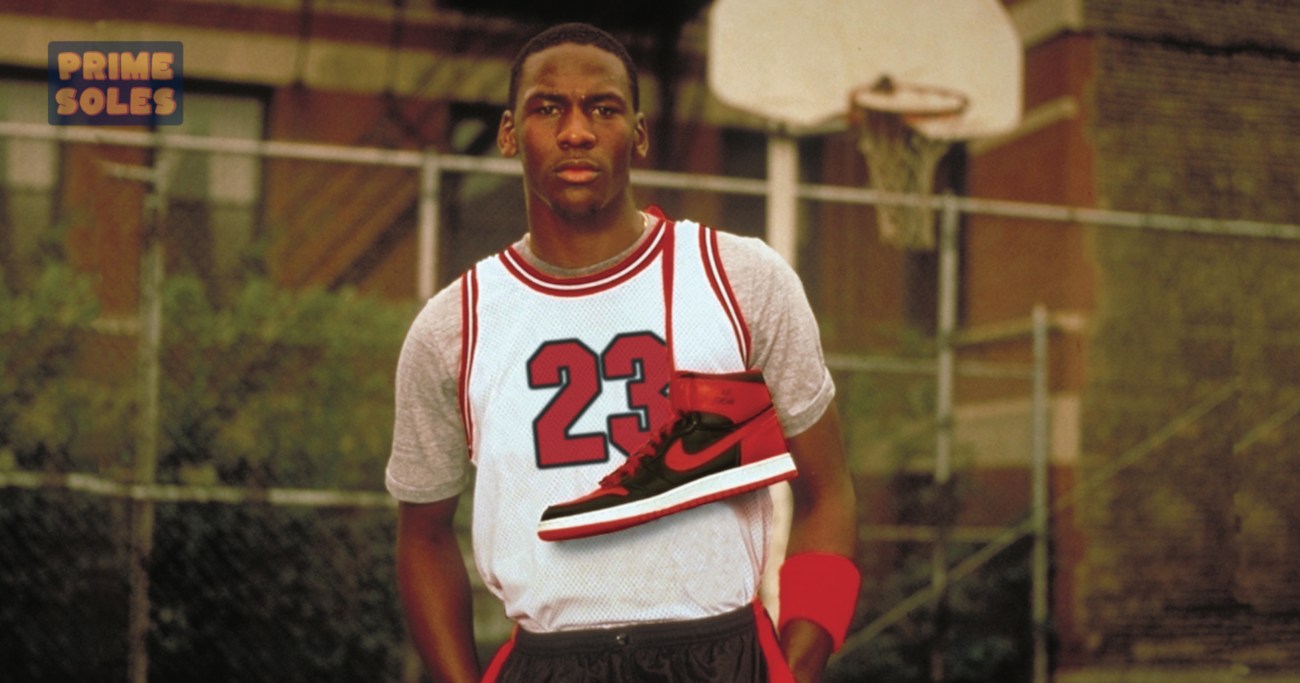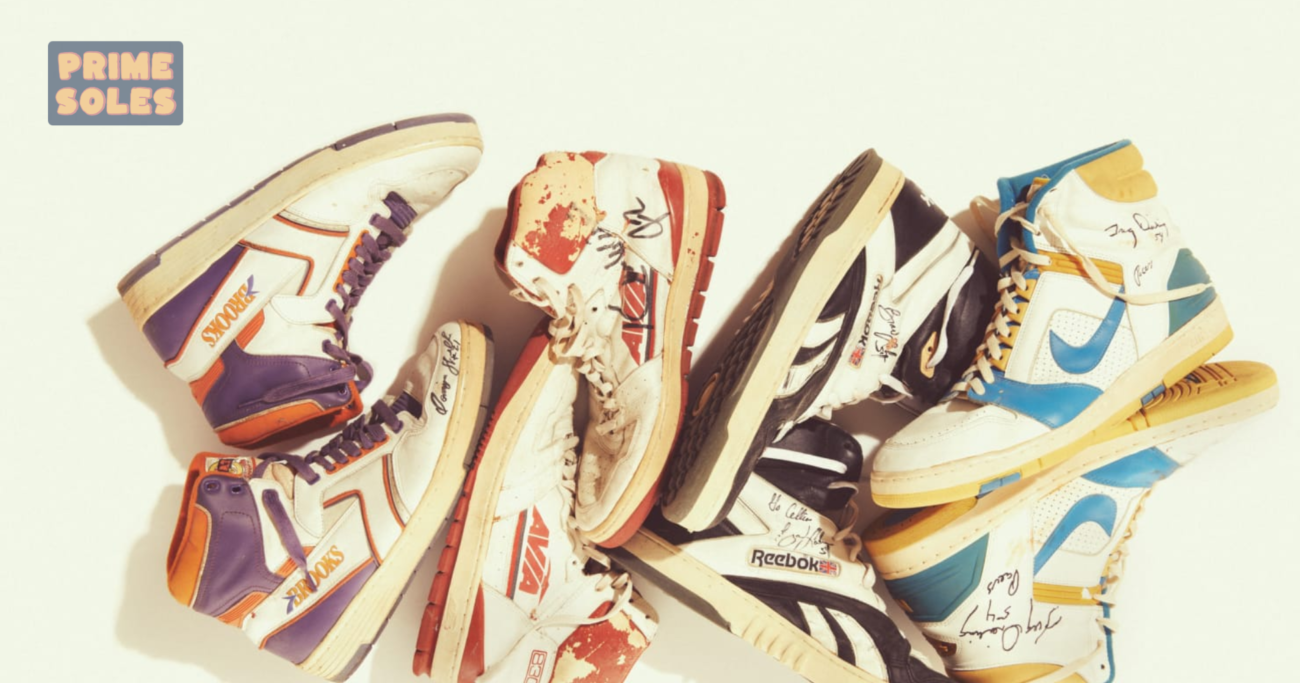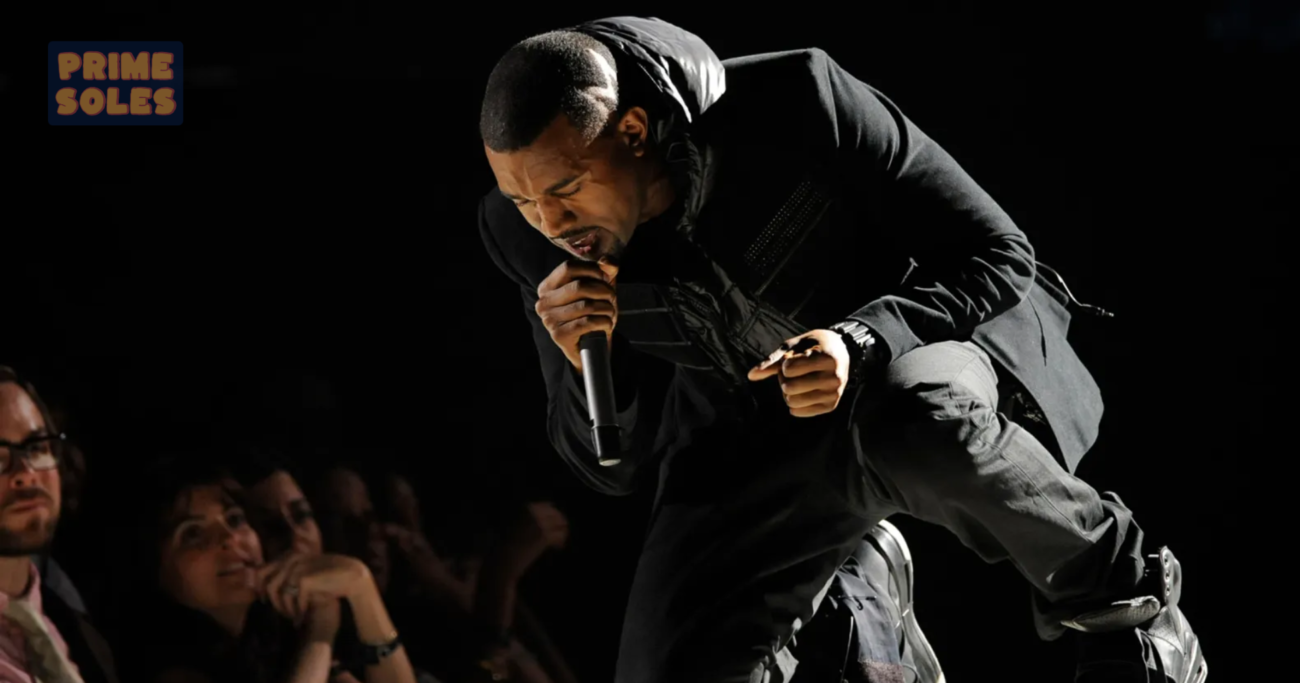In the dynamic world of fashion and sports, sneaker culture has emerged as a phenomenon that transcends mere footwear. This culture, deeply rooted in athletic performance, has evolved into a significant fashion statement, largely influenced by celebrity endorsements. This article delves into how these endorsements have reshaped sneaker culture, highlighting both the positive transformations and the challenges they bring.
The History of Sneaker Culture
Sneaker culture began as a byproduct of athletic necessity. Early sneakers were designed purely for sports performance. However, over the decades, they transitioned into fashion symbols. Milestones like the release of Converse All-Stars in the 1920s and the Adidas Superstars in the 1960s marked the beginning of sneakers becoming everyday wear. This evolution set the stage for celebrities to become influential in sneaker marketing.
The Rise of Celebrity Endorsements

The landscape of sneaker culture shifted dramatically with the introduction of celebrity endorsements. One of the earliest and most notable examples was the partnership between Nike and Michael Jordan in 1984, leading to the birth of the Air Jordan brand. This collaboration not only revolutionized sneaker design but also established a template for future celebrity endorsements. Kanye West’s Yeezy line with Adidas is another benchmark, blending high fashion with streetwear.
Positive Impacts of Celebrity Endorsements

Undoubtedly, celebrity endorsements have played a transformative role in elevating sneaker culture to unprecedented heights. By securing mainstream attention and acceptance, celebrities have effectively redefined sneakers from mere functional items to powerful fashion statements. The collaborations forged between renowned brands and celebrities have emerged as catalysts for innovation within the industry, giving rise to unique designs and pushing the boundaries of technological advancements in sneaker manufacturing.
One notable consequence of these collaborations is the infusion of creativity and distinctiveness into sneaker designs. Celebrities often bring their unique styles and personal preferences to the collaborative process, resulting in limited-edition releases that capture the essence of both the brand and the celebrity. This not only fuels consumer excitement but also sets new standards for aesthetic appeal within the sneaker market.
Moreover, the influence of celebrity endorsements extends beyond aesthetics, driving technological advancements in sneaker manufacturing. Collaborations frequently incorporate cutting-edge materials and performance-enhancing features, contributing to the evolution of sneakers as not only fashion statements but also high-performance athletic gear.
Economically, the impact of celebrity endorsements on the sneaker industry cannot be overstated. These partnerships serve as powerful marketing tools, creating a symbiotic relationship where the celebrity’s influence propels the brand’s visibility and, in turn, boosts the celebrity’s brand. The result is a boon for sales, with limited-edition releases often selling out rapidly and contributing to a sustained expansion of the sneaker market.
This economic synergy extends to the resale market, where the heightened demand for celebrity-endorsed sneakers creates a thriving secondary market. Resale values often surge, demonstrating the enduring appeal and marketability of these collaborative releases. The economic success of celebrity-endorsed sneaker lines not only benefits the brands and celebrities involved but also contributes to the overall growth and vibrancy of the sneaker industry.
Criticisms and Negative Impacts
Nevertheless, the impact of celebrity endorsements on sneaker culture is not immune to critique, with significant concerns arising from the pervasive issue of over-commercialization. One prominent challenge is the shift in focus from prioritizing quality and functionality to an emphasis on hype. This trend has manifested in inflated prices and accessibility issues within the sneaker market, particularly as limited-edition releases contribute to the creation of a frenzied and often exclusionary environment.
The phenomenon of over-commercialization has given rise to a culture where the intrinsic value and craftsmanship of sneakers can be overshadowed by the pursuit of hype. As the market becomes driven by the desire for exclusive collaborations and celebrity-endorsed releases, the essence of appreciating footwear for its design, comfort, and durability can be compromised. The commodification of sneaker culture can lead to a disconnect between consumers and the genuine attributes that make a pair of sneakers worthwhile.
For instance, the resale market for limited-edition sneakers, driven by celebrity endorsements, often sees prices skyrocketing far beyond their original retail value. This financial barrier not only limits access for enthusiasts but also contributes to a perception that sneakers are exclusive status symbols rather than functional and stylish everyday wear.
Moreover, the overemphasis on celebrity-driven trends can create a scenario where the unique stories behind certain sneaker models, their historical significance, and the craftsmanship involved in their creation are eclipsed by the allure of celebrity associations. This can potentially dilute the authenticity and cultural richness that sneakers bring to the fashion landscape.
Celebrity Endorsements and Cultural Influence

Celebrities play a pivotal role in shaping contemporary trends and influencing consumer preferences, particularly in the realm of fashion. The advent of social media has not only heightened their visibility but has also transformed them into powerful trendsetters. This is particularly evident in the realm of sneaker culture, where the announcement of new releases and high-profile collaborations becomes instant headline news.
The impact of celebrities on the sneaker landscape extends beyond mere endorsements; it represents a cultural convergence where fashion, pop culture, and individual expression seamlessly intersect. Social media platforms serve as dynamic stages where celebrities showcase their preferred sneakers, effectively turning these footwear choices into style statements.
For instance, Kanye West’s collaboration with Adidas on the Yeezy line has been a paradigm-shifting moment in sneaker culture. The Yeezy Boost series, known for its distinctive design and limited availability, has become a symbol of high-end streetwear. The hype surrounding Yeezy releases is fueled by Kanye’s status as a fashion-forward icon and cultural influencer. Similarly, the collaboration between rapper Travis Scott and Nike, particularly the Nike SB Dunk, has garnered immense attention. The unique designs, often incorporating quirky details, have elevated these sneakers to coveted collector’s items.
This exposure, coupled with the global reach of social media, instantaneously propels specific sneaker models into the limelight, creating a ripple effect that influences consumers worldwide. Celebrity endorsements and collaborations with renowned sneaker brands have further intensified the symbiotic relationship between celebrities and sneaker culture.
These collaborations often blend the distinct styles and personalities of both the celebrity and the brand, resulting in limited-edition releases that generate unparalleled hype. The exclusivity and scarcity associated with such releases not only elevate the desirability of the sneakers but also underscore the influential role that celebrities play in driving consumer demand.
The Future of Celebrity Endorsements in Sneaker Culture
Looking ahead, the trajectory of celebrity endorsements within sneaker culture is anticipated to persist, accompanied by emerging shifts that reflect evolving industry priorities. A noteworthy trend on the horizon is the escalating emphasis on sustainability and ethical production in the realm of fashion, and this is expected to exert a significant influence on forthcoming collaborations.
As societal awareness regarding environmental concerns grows, celebrities are increasingly leveraging their influence to champion eco-friendly initiatives within the sneaker industry. Future collaborations may witness a departure from mere stylistic considerations to a more profound exploration of sustainable materials, ethical manufacturing processes, and reduced environmental impact.
For example, a celebrity collaborating with a sneaker brand might prioritize the use of recycled materials, adopt eco-conscious production techniques, or engage in partnerships that support charitable causes related to sustainability. This shift aligns with the broader global movement towards responsible consumerism and resonates with consumers who seek products that reflect their values.
This evolving landscape suggests that the sneaker industry might experience a transition towards more meaningful partnerships. These collaborations would extend beyond the realm of aesthetics, encompassing shared values related to social and environmental responsibility. As a result, the sneakers produced through these collaborations would not only be coveted for their style but also celebrated for their positive contributions to a more sustainable and ethical fashion ecosystem.
Conclusion
Celebrity endorsements in sneaker culture represent a double-edged sword. While they have propelled the industry to new heights, bringing innovation and mainstream appeal, they also pose challenges related to commercialization and consumerism. As sneaker culture continues to evolve, it will be interesting to observe how it balances commercial success with maintaining its cultural integrity and responding to changing consumer values.

